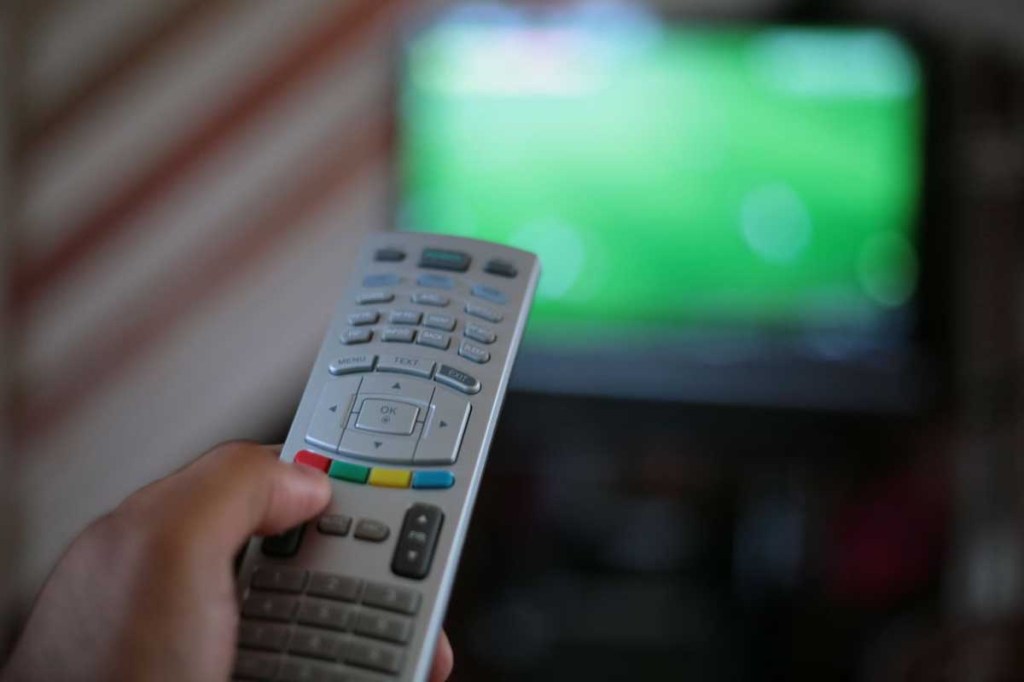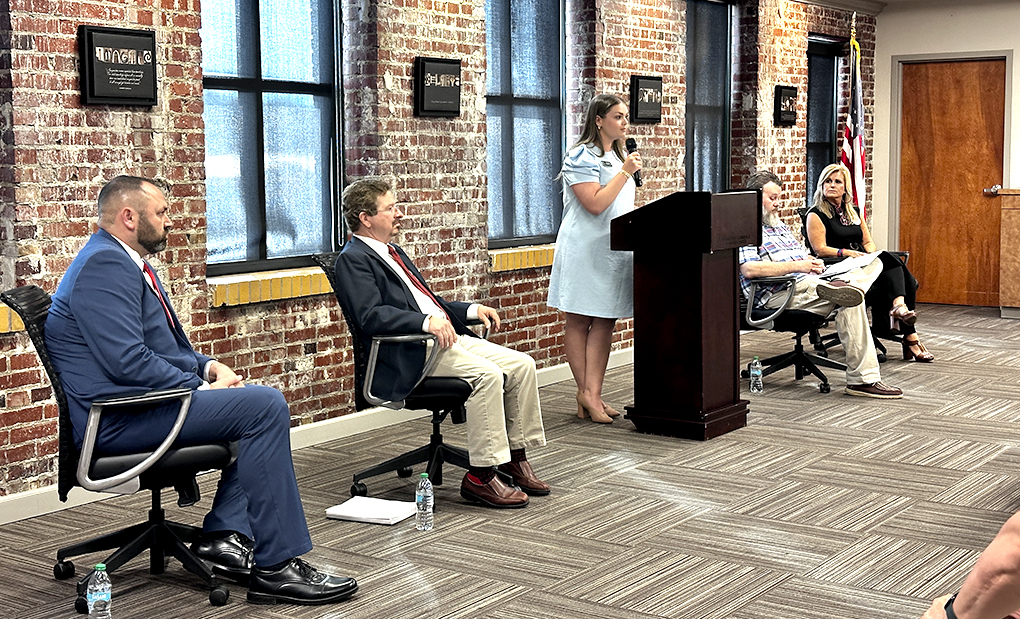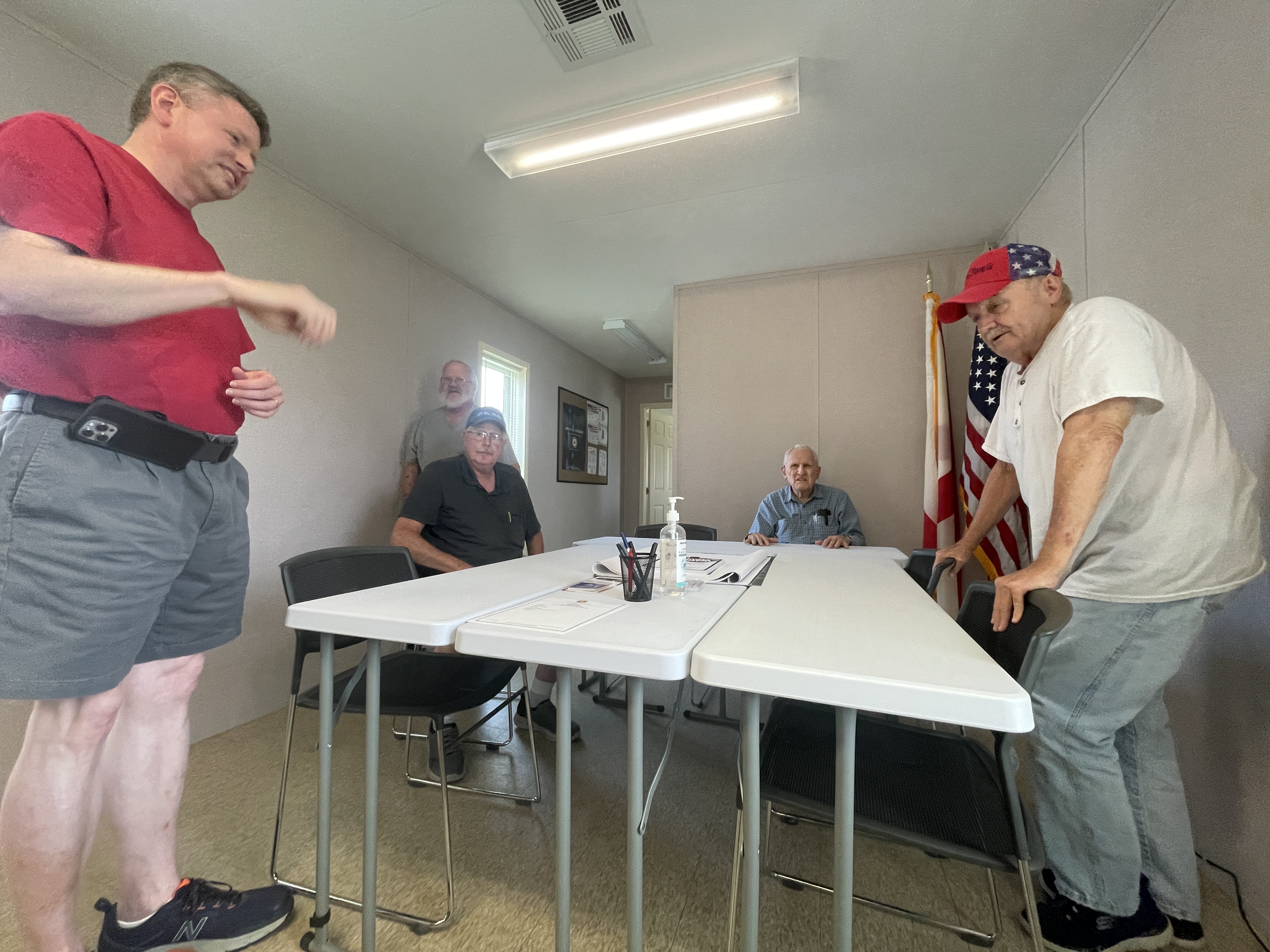Networks want to keep audiences from skipping commercials
Published 9:20 am Wednesday, September 24, 2014

- On Demand
LOS ANGELES — CBS, Fox and the other TV broadcasters are delivering more shows on demand through pay-TV services to wean audiences off digital video recorders, which let viewers skip through commercials.
More ads mean more revenue for the TV industry. Comcast, owner of NBC and the largest U.S. pay-TV service, is offering the 100 most popular shows on demand in the new TV season that’s just begun.
“This platform has reached critical mass and has become deeply integrated into how customers watch TV,” Matthew Strauss, a senior vice president at Comcast, said in an interview. “On demand has always been growing, and it’s growing faster now than we’ve ever seen it.”
As many as a third of viewers today watch shows after their original air date, and each one who hits the fast-forward button on the TiVo player represents a loss for the TV industry, which generates about $70 billion in annual ad sales. Video-on-demand libraries, which free consumers from the task of setting up recordings in advance, are available in about 60 percent of households, according to Nielsen.
Customers of Philadelphia-based Comcast consume twice as much TV on demand as they did three years ago, according to Strauss. Deals with programmers like Walt Disney Co.’s ABC, CBS and 21st Century Fox have expanded the cable company’s VOD library to full seasons of 550 shows, including “Modern Family” and “The Amazing Race,” from just six.
The growth in VOD is a major factor in the TV industry’s push for a new advertising formula. With viewers unable to skip commercials, networks now want to get paid for spots seen as many as seven days after a live telecast.
The cost of a 15- or 30-second commercial is based on the size and demographics of a show’s audience. Advertisers already pay for ads seen in the first three days after the first telecast of a show — provided no one hits the fast-forward button. Broadcasters and cable networks could generate an additional $400 million in ad sales if 70 percent to 80 percent of DVR users convert to VOD, according to Laura Martin, an analyst with Needham & Co.
“It recaptures money that has been lost to the DVR,” Martin said in an interview. The DVR “has been slowing growth for 10 years.’
The majority of VOD viewing takes place after those three days, when advertisers are less likely to buy commercials. Many of the ads that run later are network promotions.
If the big four networks can persuade marketers to pay for viewing up to seven days later, they could add 3 percent to 5 percent to their combined prime-time ad sales of $10 billion to $11 billion, according to Martin. That’s on top of the $400 million figure the industry stands to gain from retiring DVRs.
Some advertisers, including WPP Plc’s Group M, are factoring seven days of viewing into their spending for the first time this TV season. Others are resisting the switch, saying the numbers don’t add up yet.
”We don’t want to have to pay for something we’re already getting for free,” said Chris Geraci, president of national broadcast at Omnicom Media Group, an advertising agency. “The differential is pretty slight. It’s just not that big a deal.”
The networks expect that to change now that more of their shows are available and consumers have demonstrated an appetite for on-demand services like Netflix. The impact of delayed viewing varies by show, with some, such as ABC’s “Modern Family” and Fox’s “Sleepy Hollow,” increasing their audiences by 6 percent or more in days four to seven.
“You see these massive gains,” said Will Somers, Fox’s senior vice president of research. “What we learned about ‘Sleepy Hollow’ is that the sampling tail will be extremely long. It continues to rack up viewership as the show moves forward.”
These numbers give networks a chance to counter the gradual migration of fans to other media. Even with delayed viewing, the Big Four lost about 2 percent of their audience last season, according to Nielsen data. Young viewers are the most ardent defectors.
The median age for the four networks rose to 55.4 years from 50.6 over the past five years, according to David Poltrack, CBS’s head of research. The median VOD audience is eight years younger, he said, and earns $18,000 a year more than linear TV viewers.
“There is an incentive for advertisers to make a deal because they get that four to seven days worth of exposure with what has proven to be a younger, more upscale audience,” said Poltrack.





